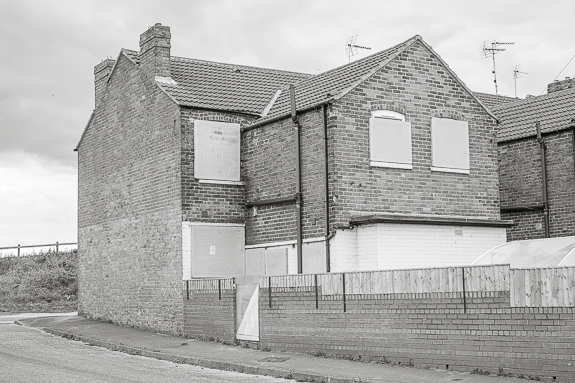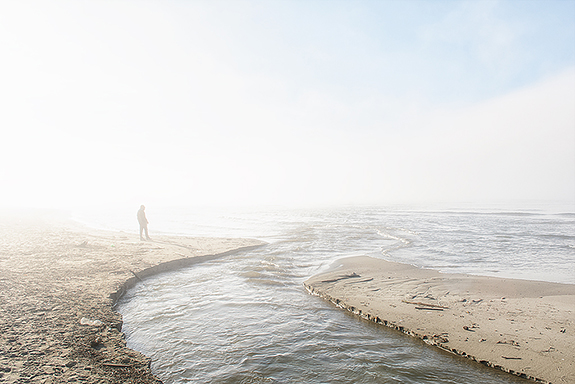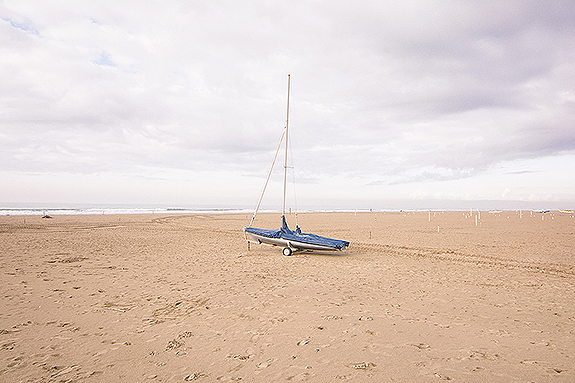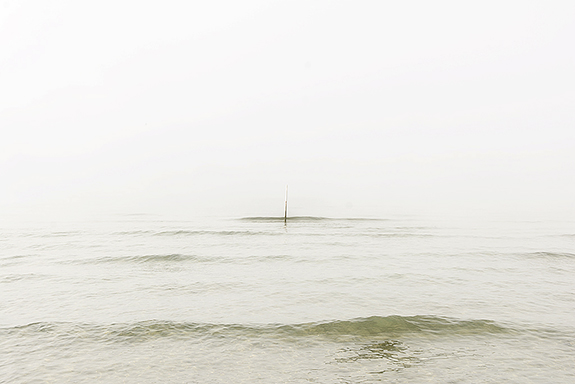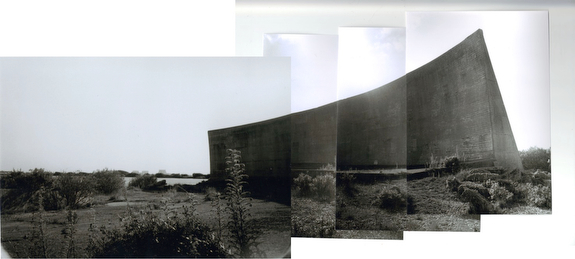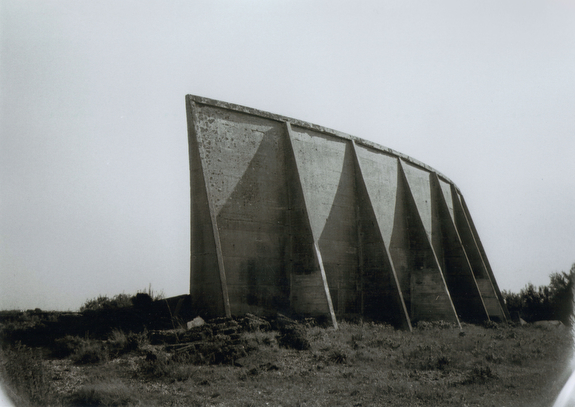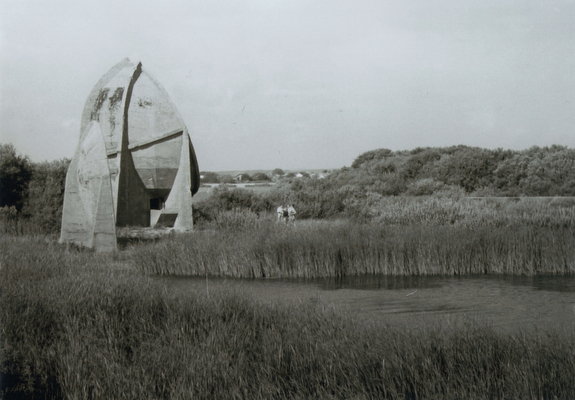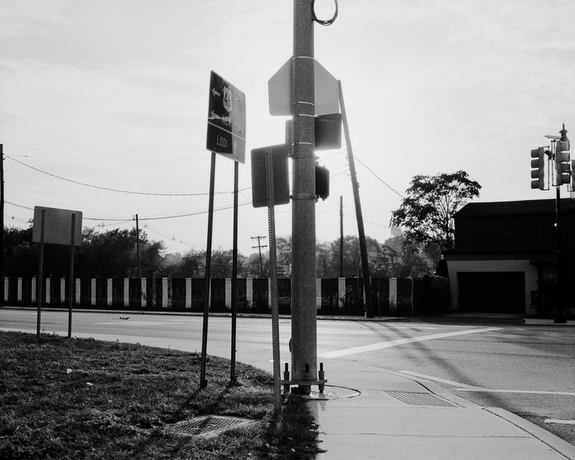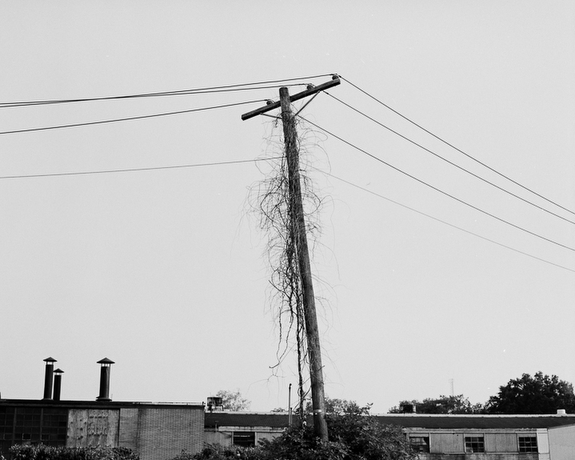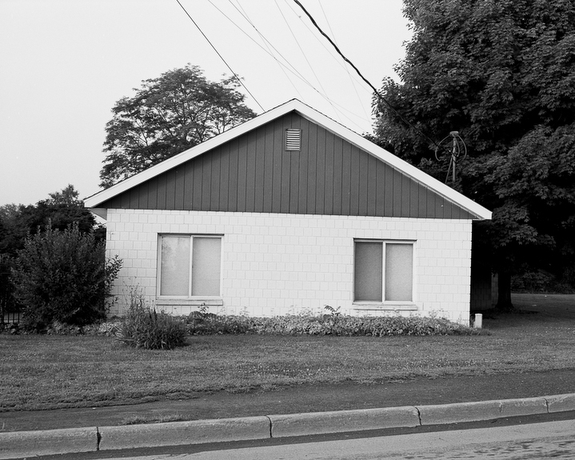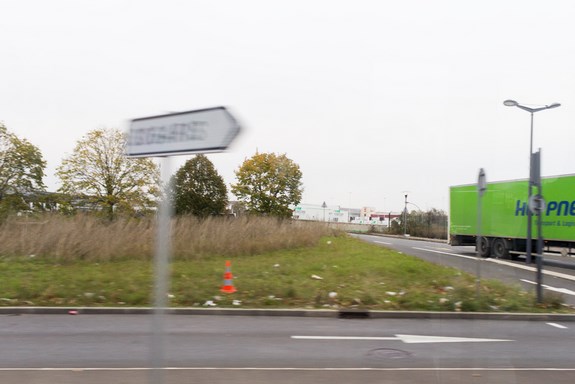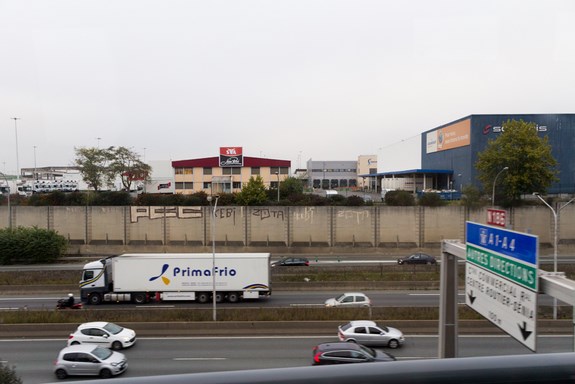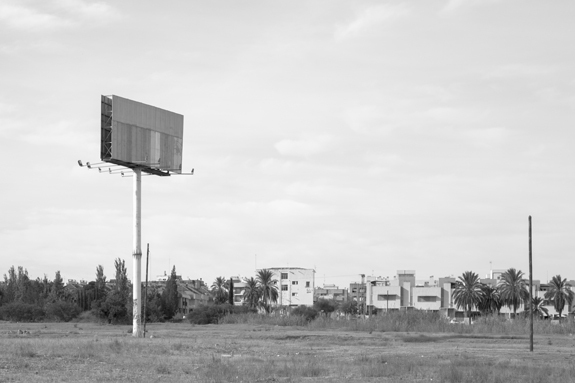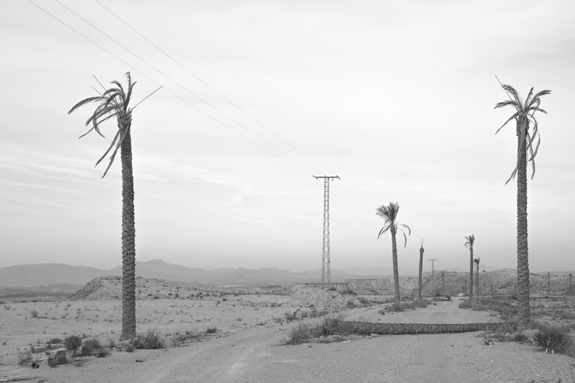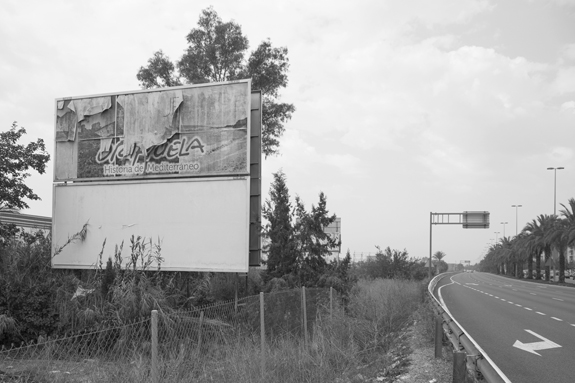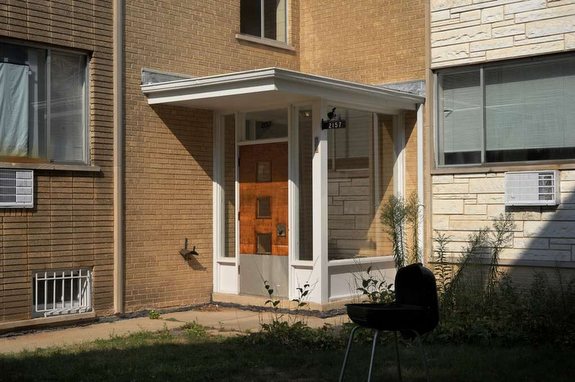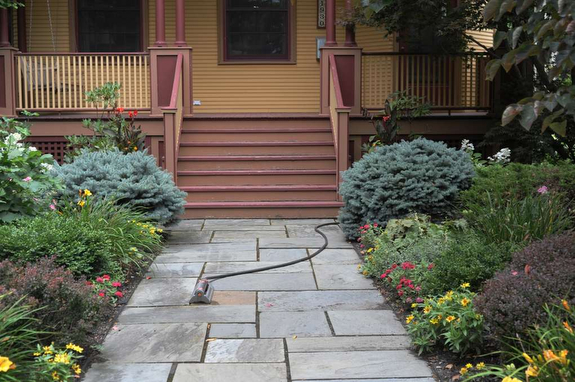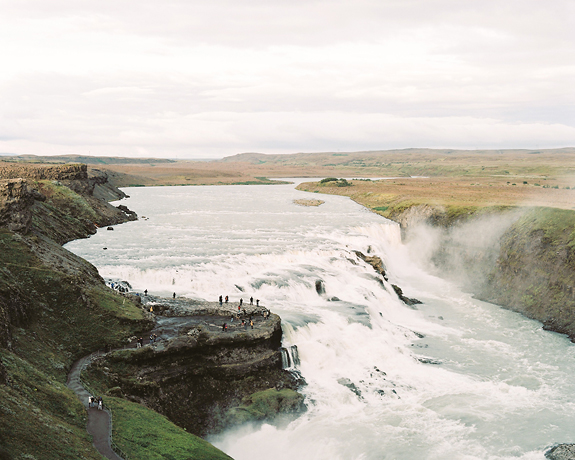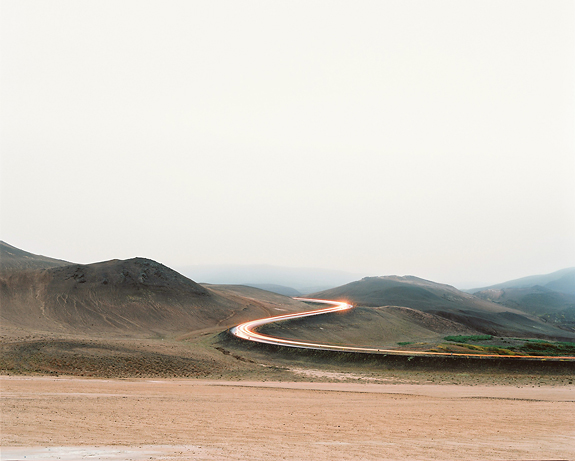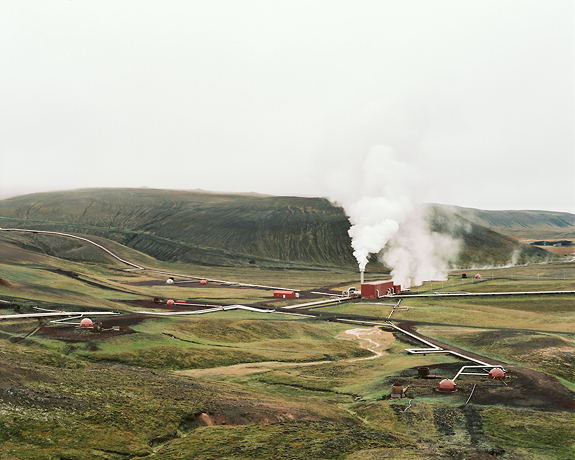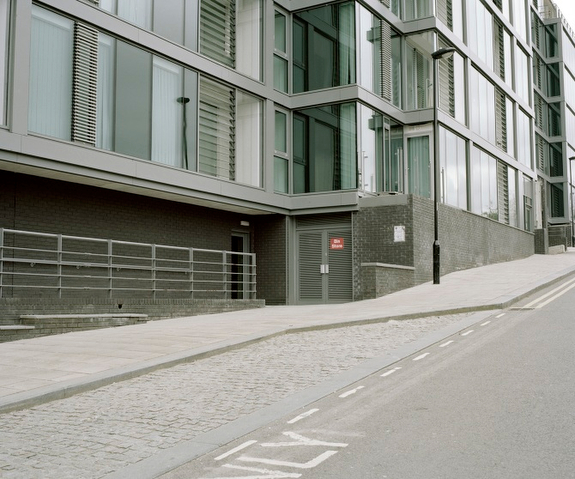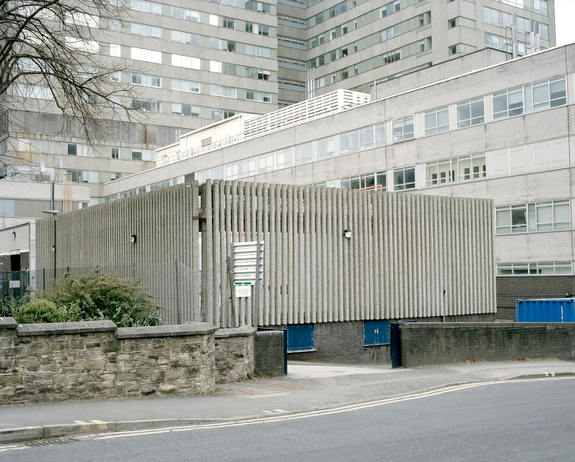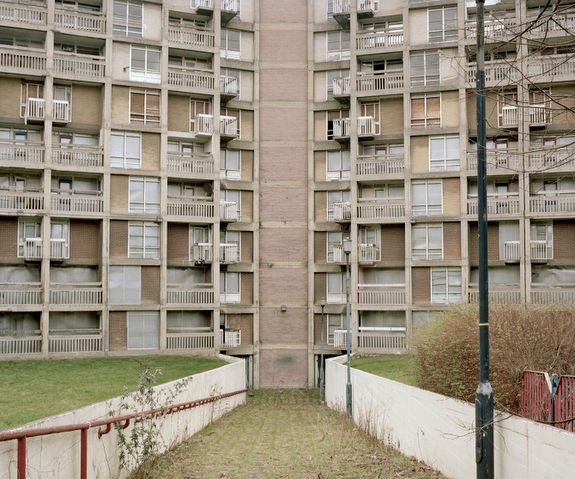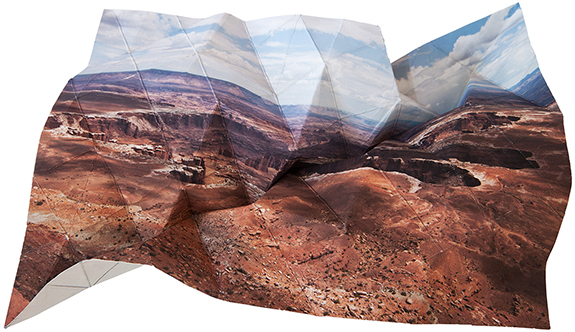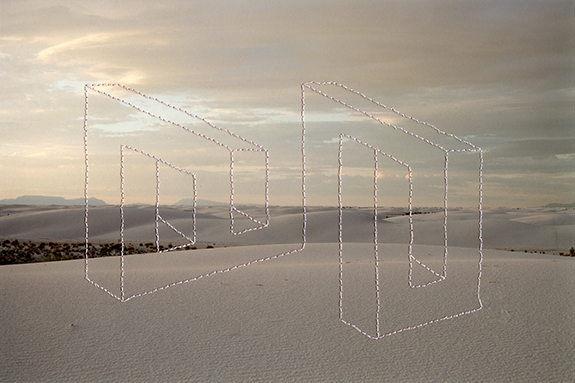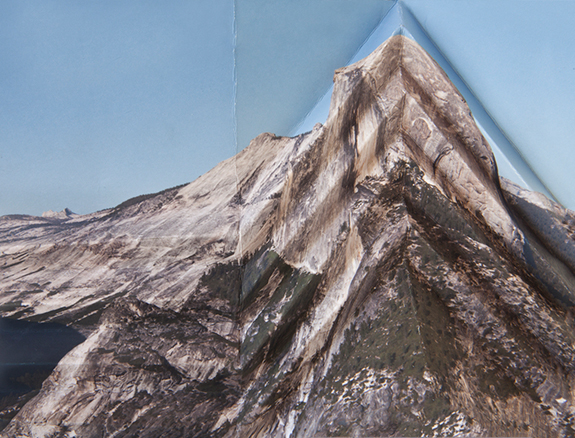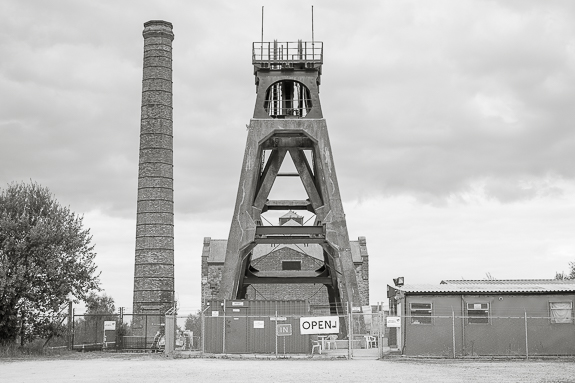
I am interested in transition. I see and try to absorb the landscape, rural and urban, my garden, the forest, the wide open, the horizon. Sometimes I respond to the formal aspects of design placed within or possibly growing out of a landscape, at other times I try to make some sense of the apparent chaos in nature and respond to that challenge. In observing these transitions, I seek out the history, the future and the things that seem to be hanging in between or simply the here and now – the present but changing state.
These images show a coal mine which closed over thirty years ago. The mine is a museum, the community has just about gone and slowly the houses are being boarded up to prior to their destruction, finally being crushed to become hardcore, forming a new seam of solid foundation to support a luxury housing landscape.
— Terence Lane, Nottingham, England
